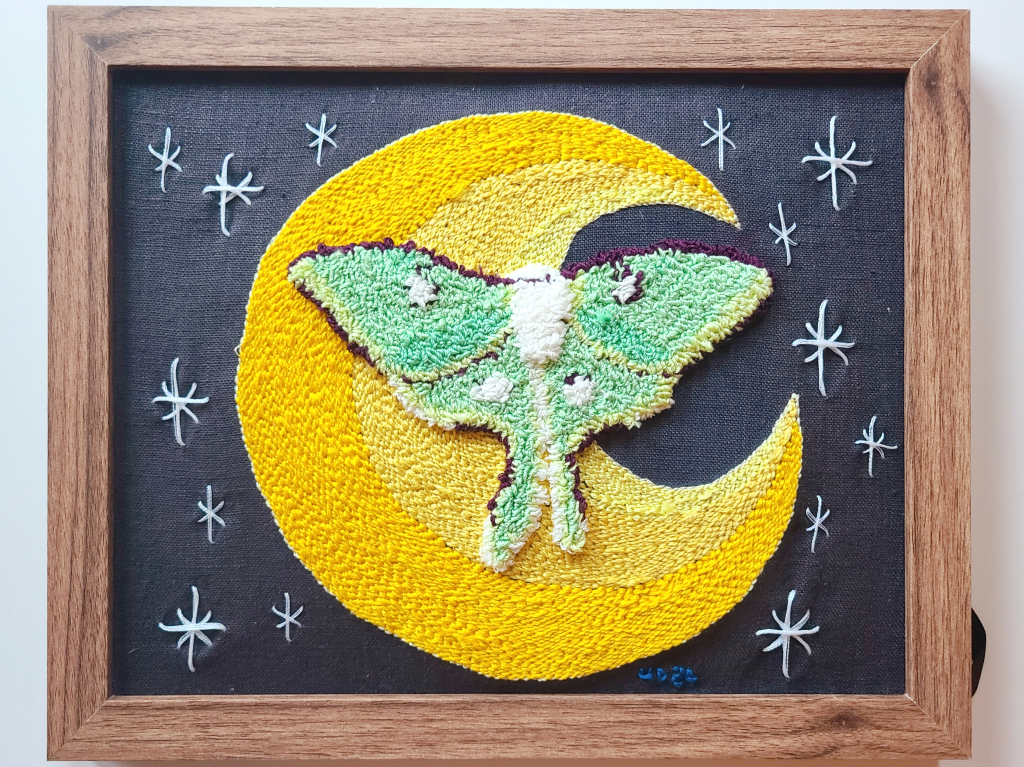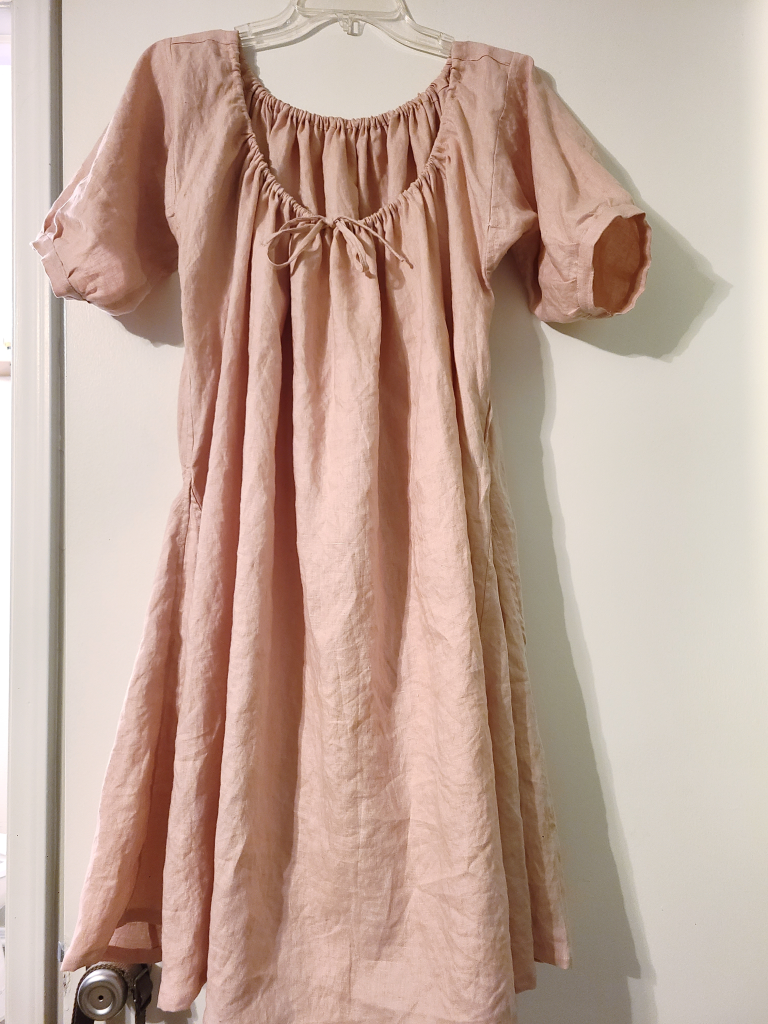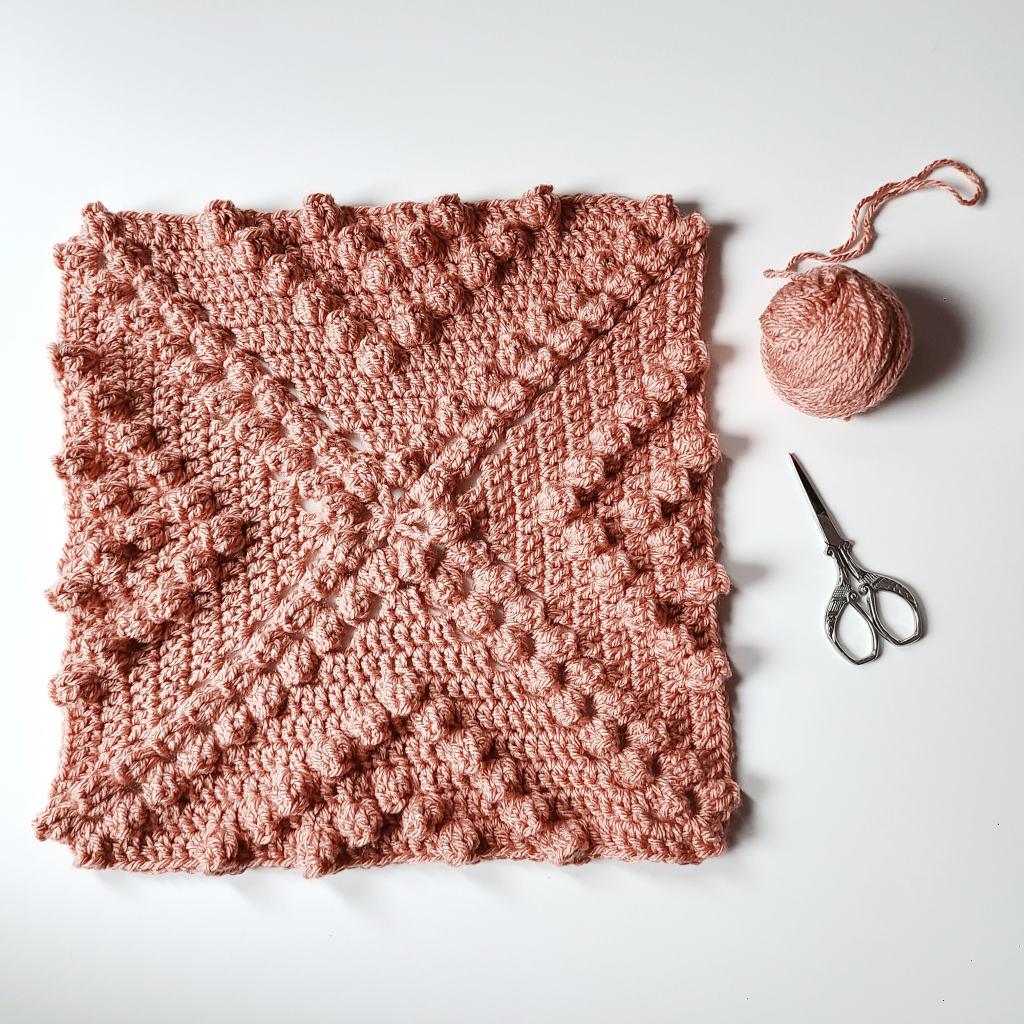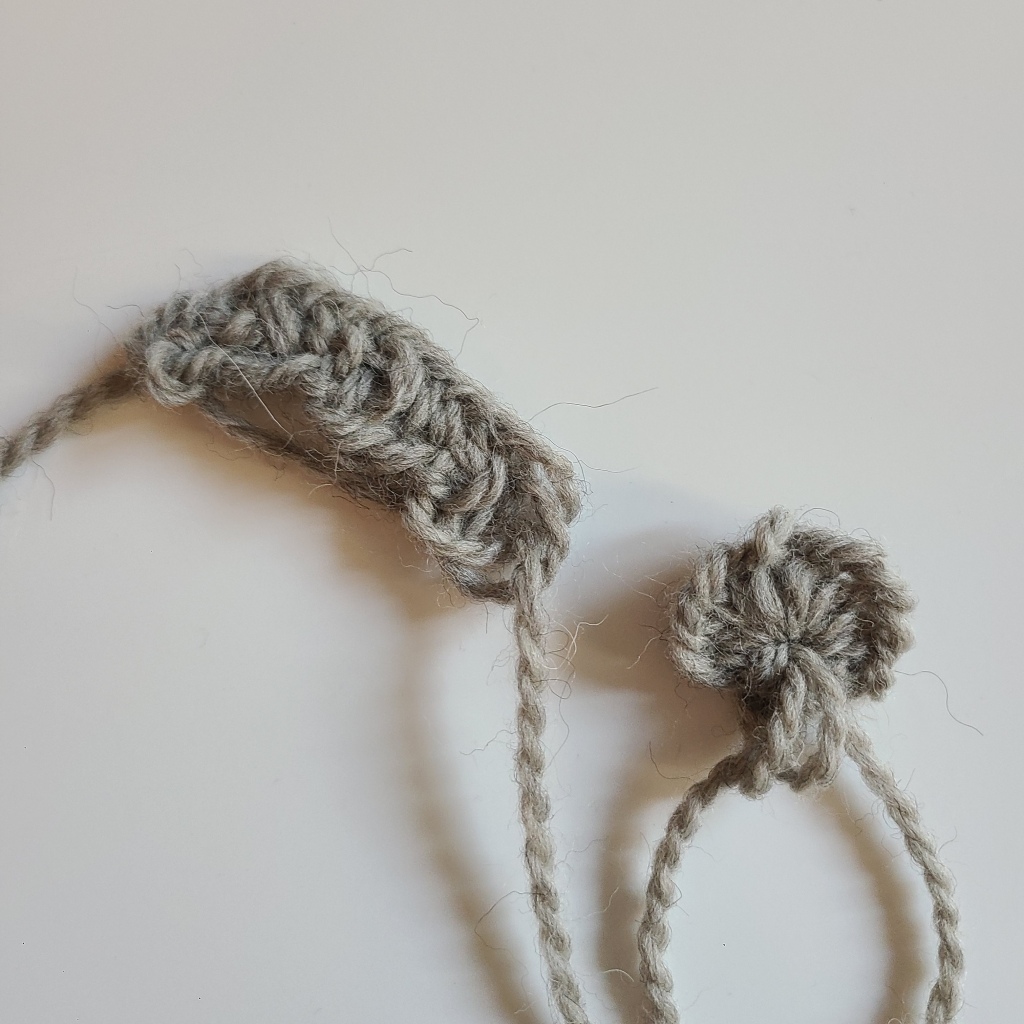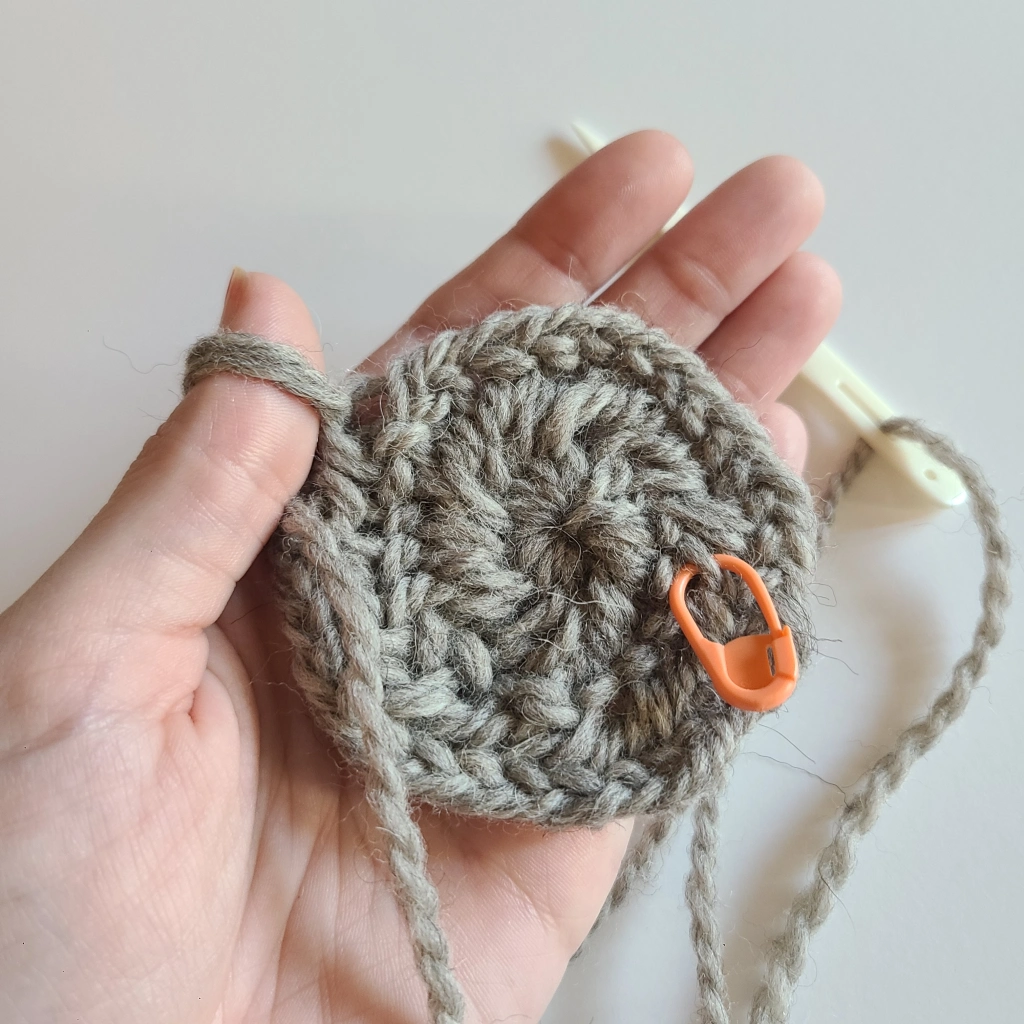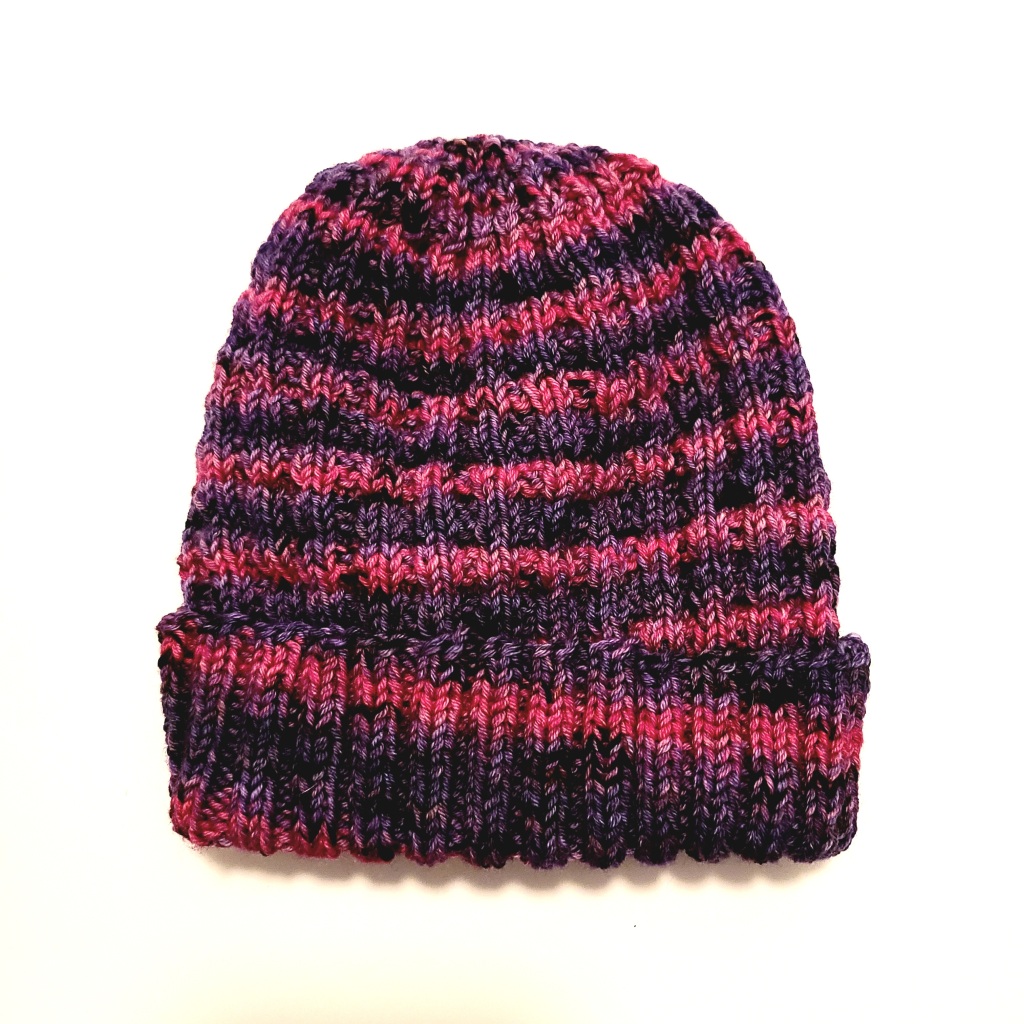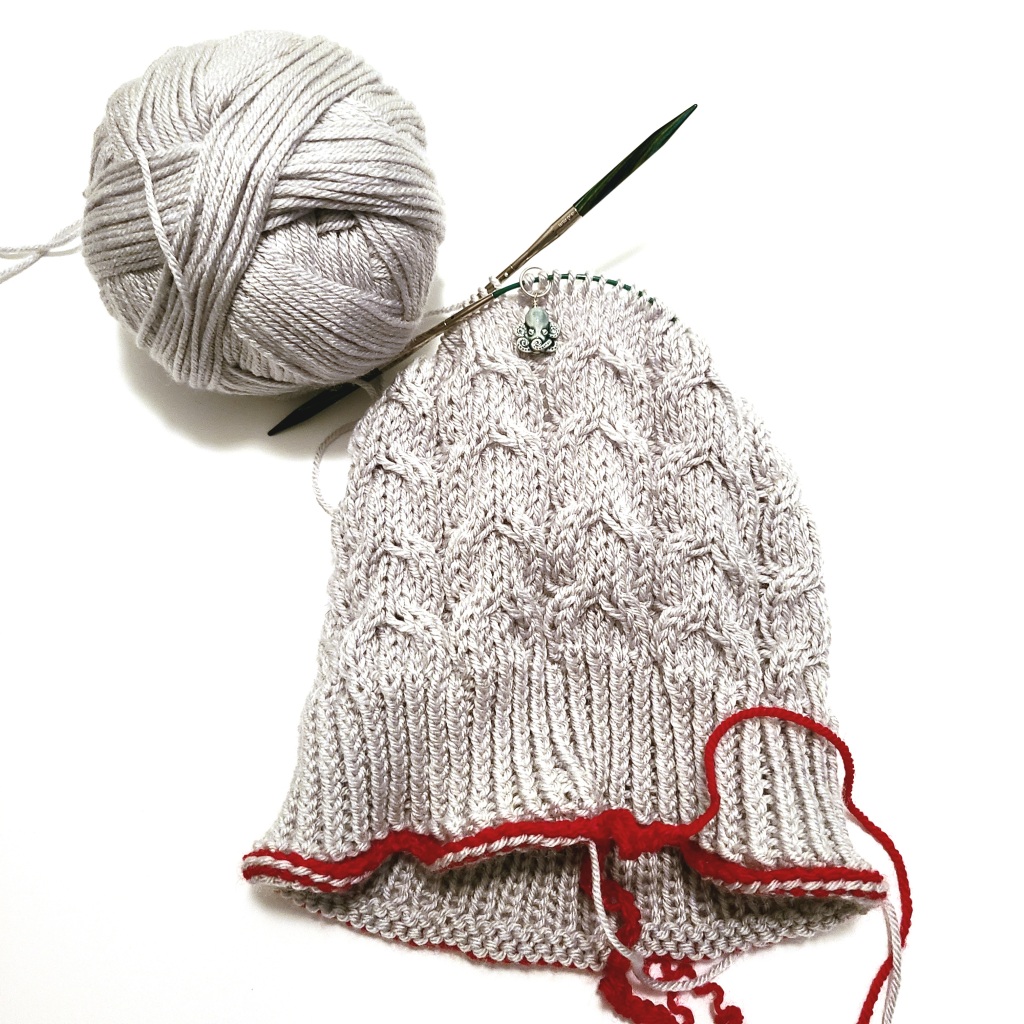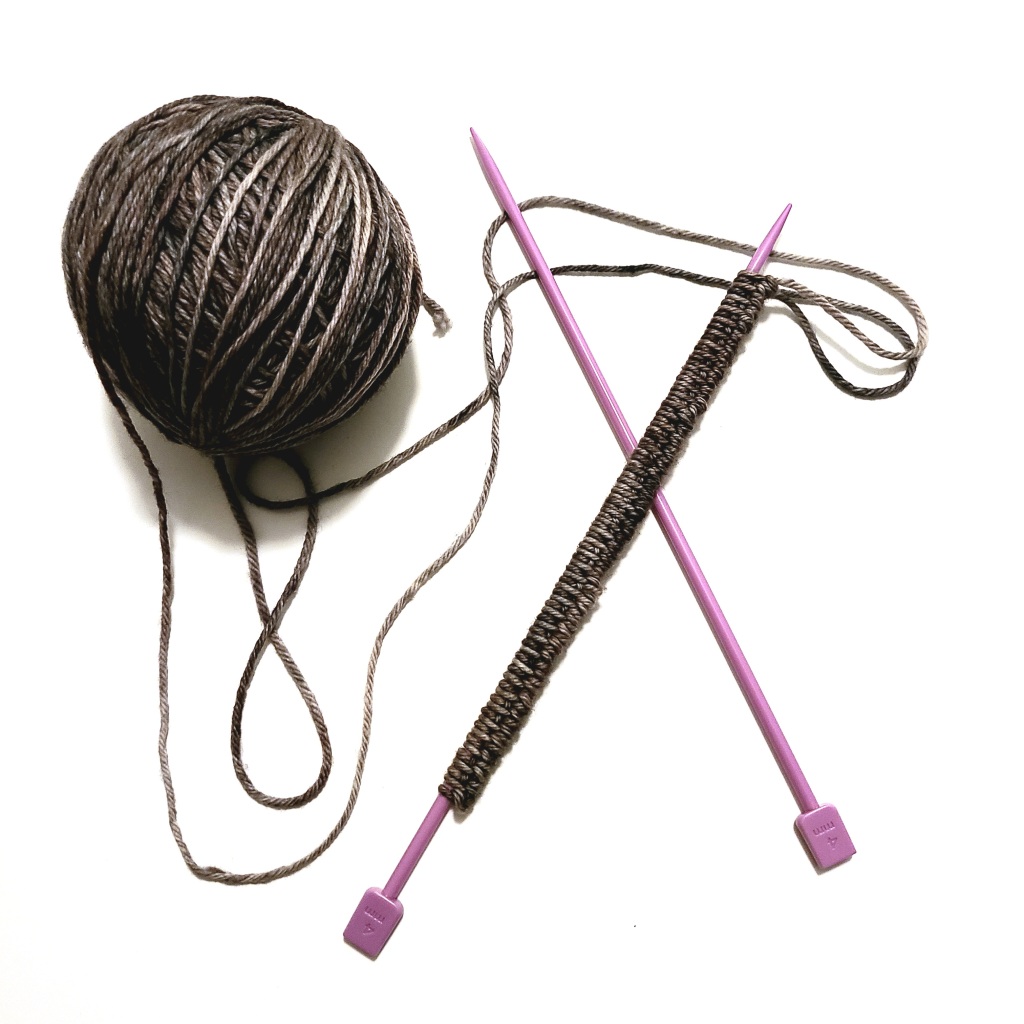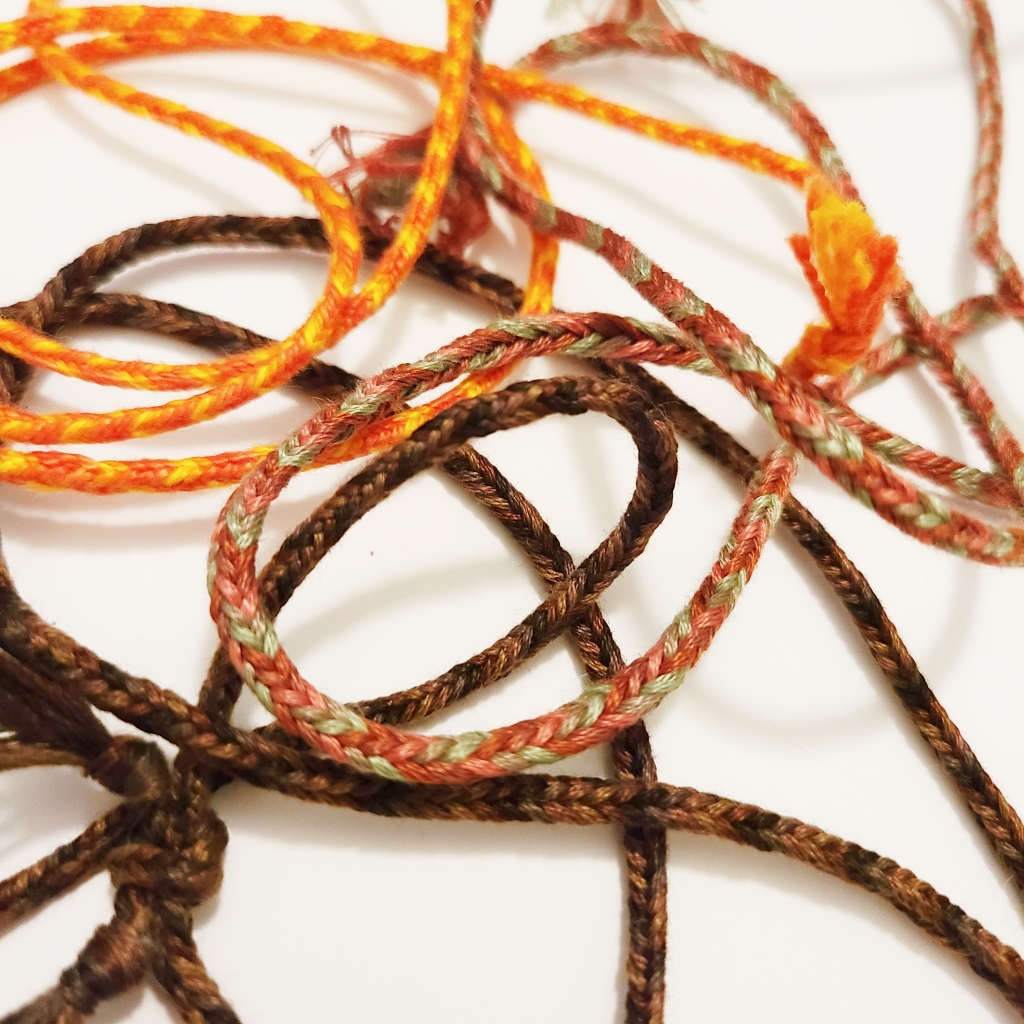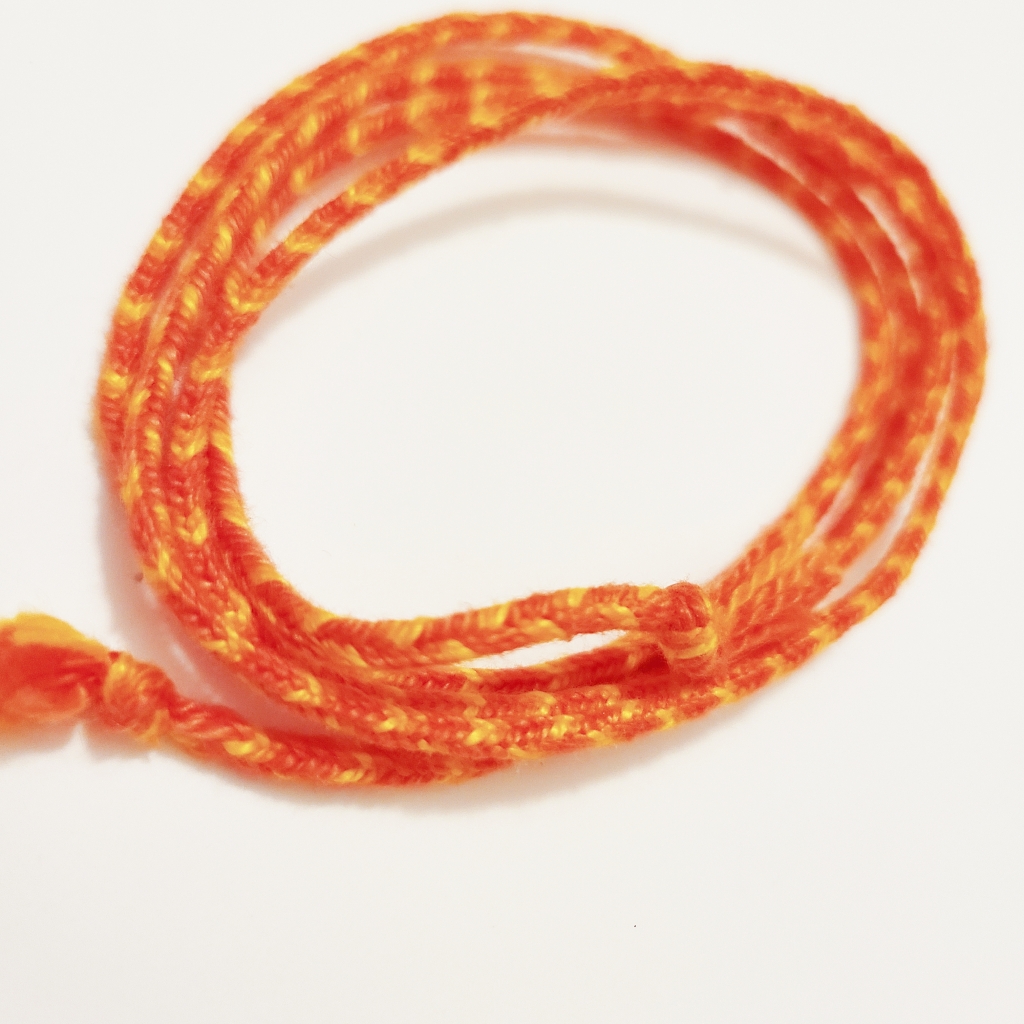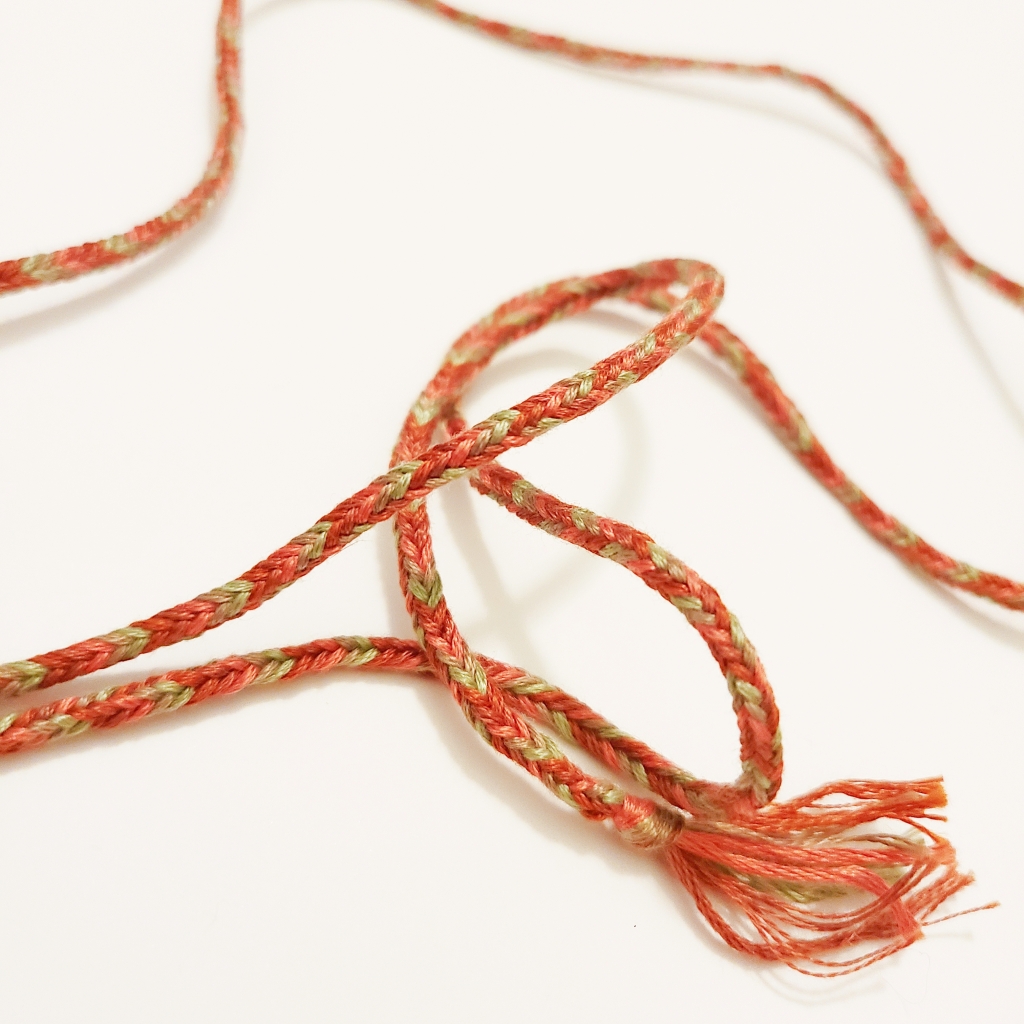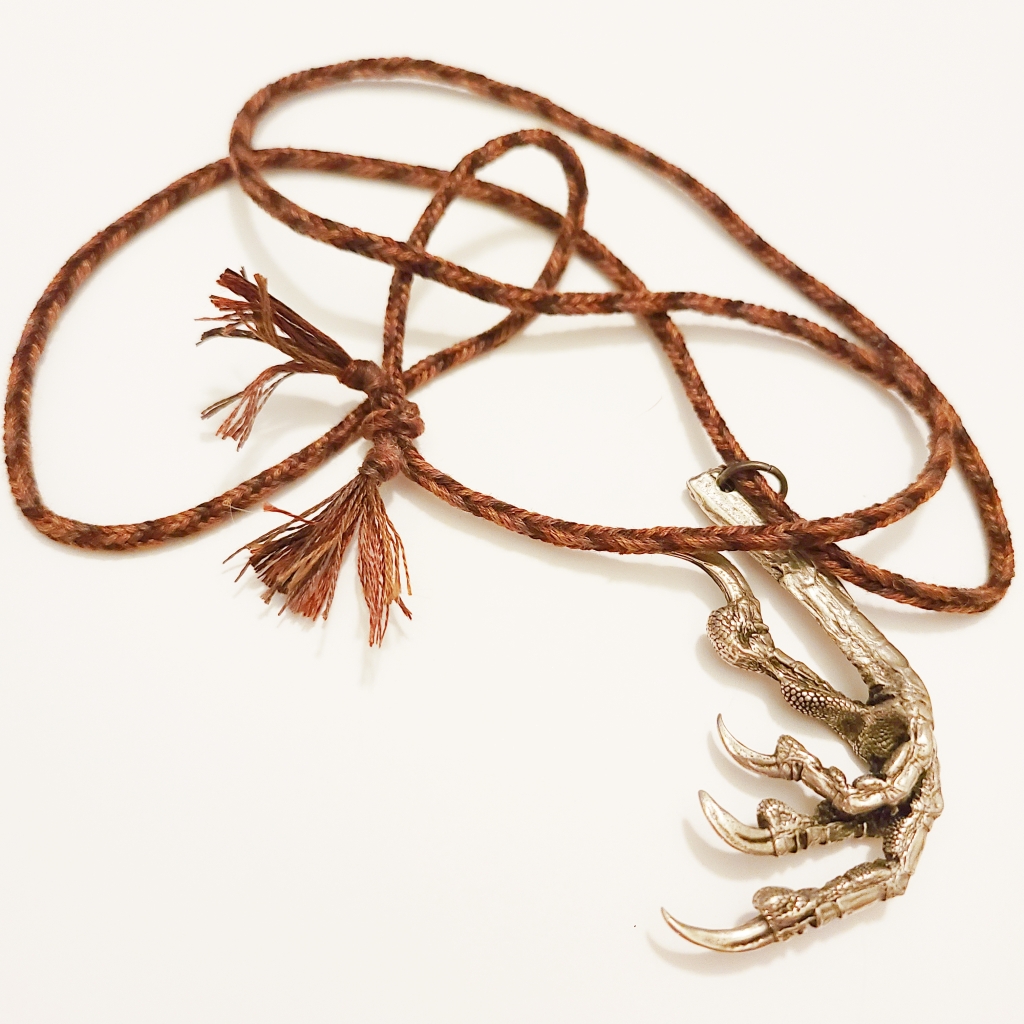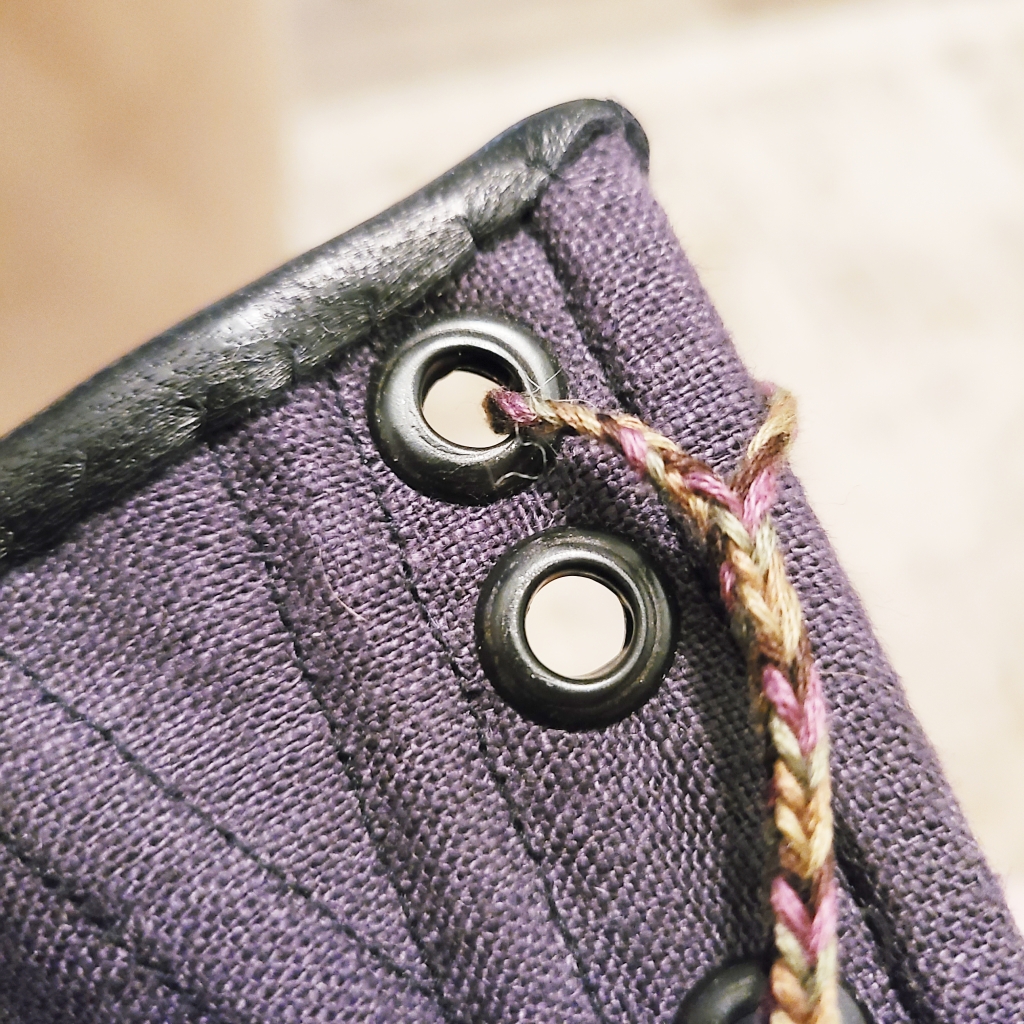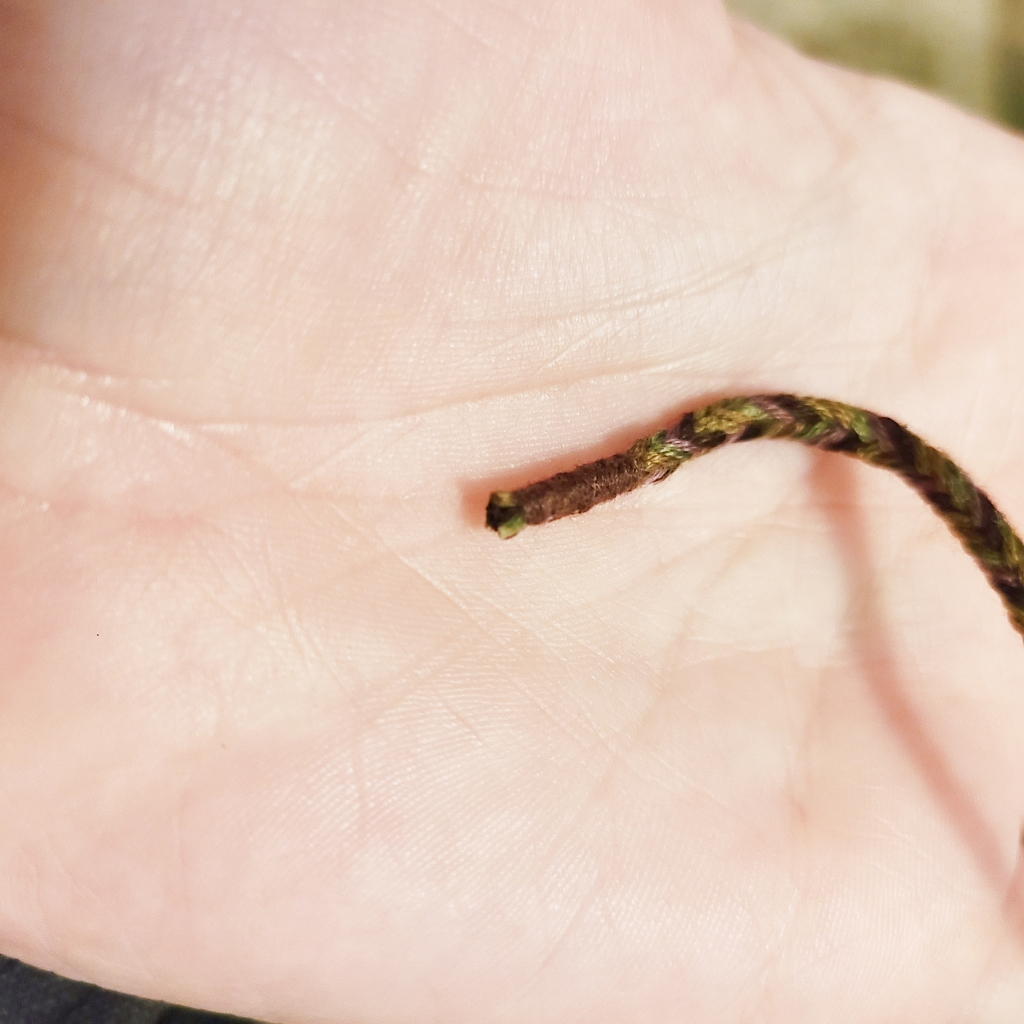Hello hello! I hope ya’ll are doing well — it’s been a while!
I’ve been up to a low-to-moderate amount of crafting lately, and I just finished a project I’d like to share with you! It’s not from a pattern or anything, so it was a bit of an experiment and it’s certainly not perfect, but I’m happy with how it came out overall. Here it is:
Looking at the picture I might have to go back and adjust the fabric to get it to lay a bit more flat in the frame, but that’s okay. And the stars are actually made up of that plastic shimmery embroidery floss, it’s just hard to tell in the photo.
Punch needle is really fun for me. All I really had to do here was use a water soluble pencil to sketch out the luna moth and the moon, then I just had fun filling it in with color! It took much more floss than I expected — just the darkest yellow in the moon was like 4 or 5 skeins of floss on its own — but since floss is so cheap it wasn’t a huge problem to go back to the store and pick up more.
Have you ever tried punch needling before, and if so, how was it for you and what did you make? I’m curious to hear if people usually use patterns or just kinda make things up as they go.
